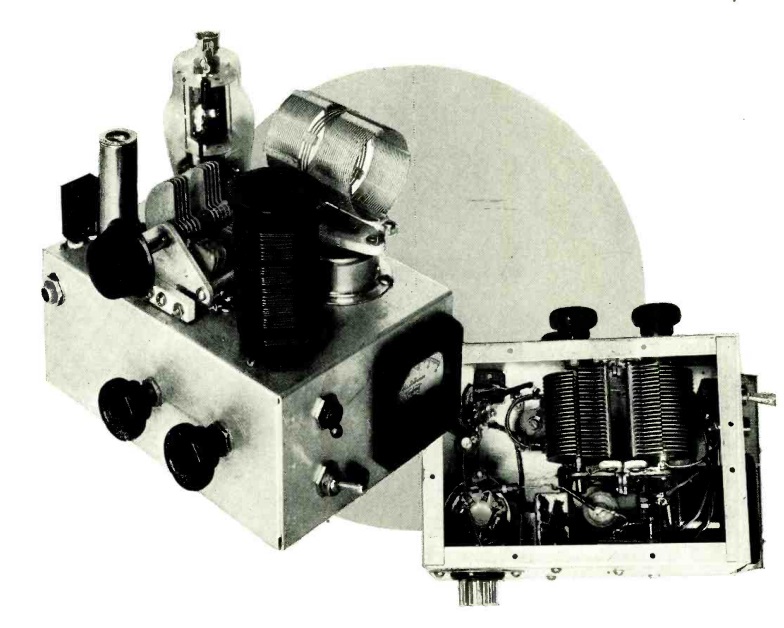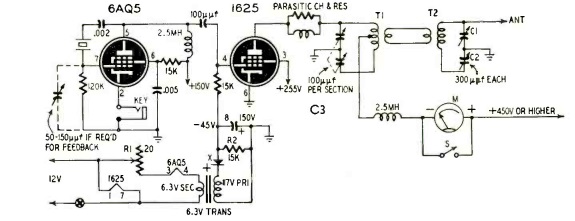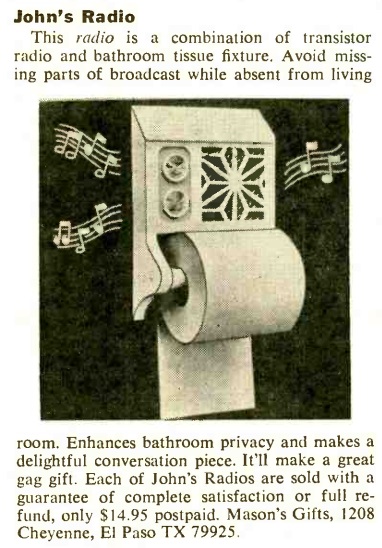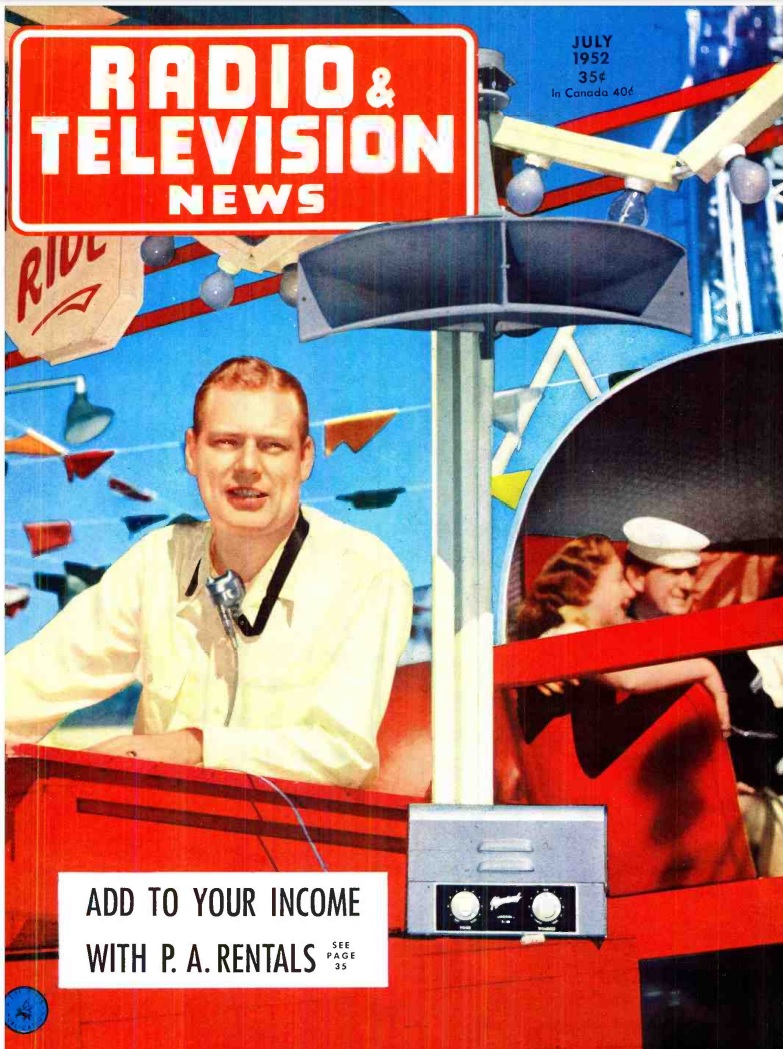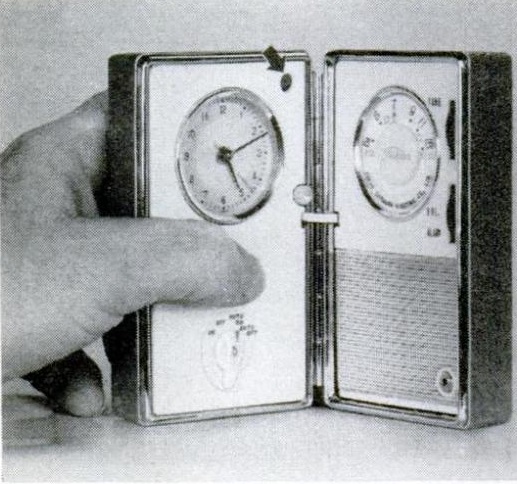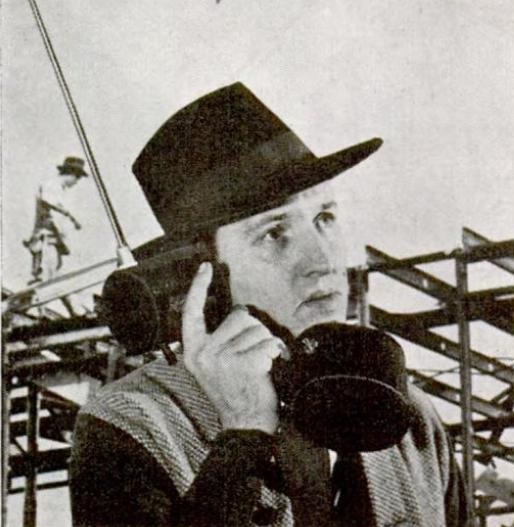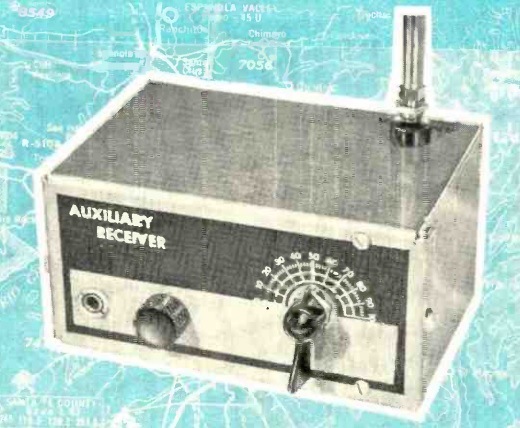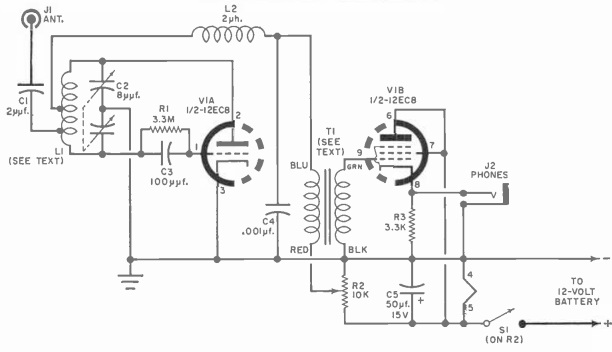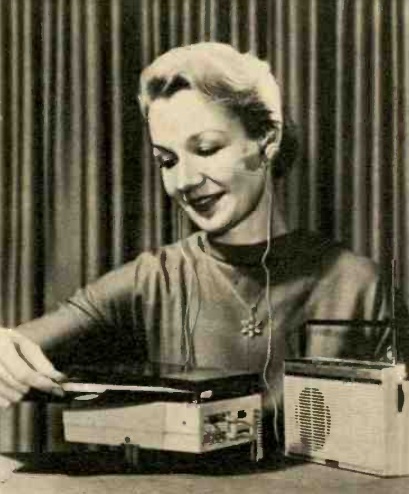 Sixty years ago, this listener was probably listening to a record with the player on the left, but perhaps she is pulling in a broadcast or even shortwave program with the identical unit on the right.
Sixty years ago, this listener was probably listening to a record with the player on the left, but perhaps she is pulling in a broadcast or even shortwave program with the identical unit on the right.
One way or another, she is listening to a Sterephone (note the “e” in the middle rather than an “o”) that she purchased from Hoffman Electronics in Los Angeles for about $80. The one on the left is lying on its side, and in that configuration, it’s a portable record player capable of spinning both 45’s and 33’s. But standing upright, it’s a radio covering the broadcast band and 3.9 to 12 MHz shortwave.
It’s shown here in the July 1962 issue of Electronics Illustrated. While the magazine doesn’t give the details, it appears to be Sharp’s model BXG-370. The set was powered by four flashlight batteries, or could run on an optional AC adapter.

